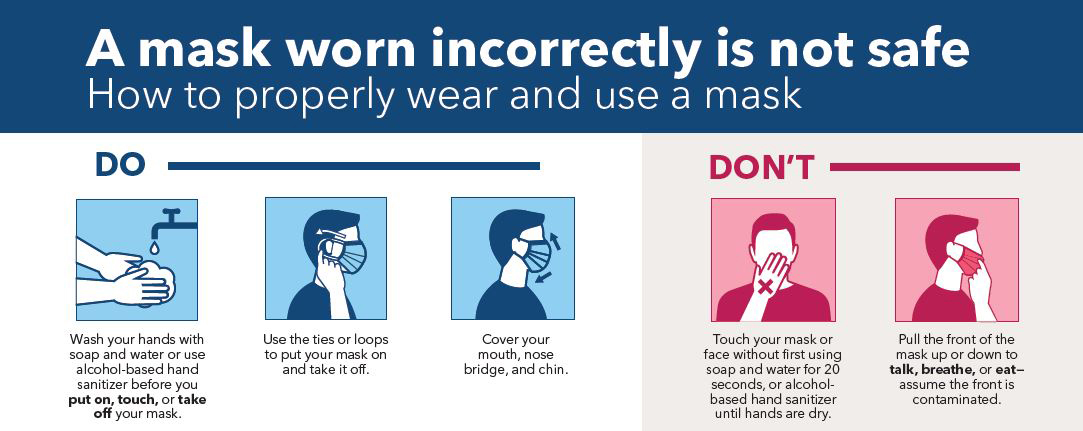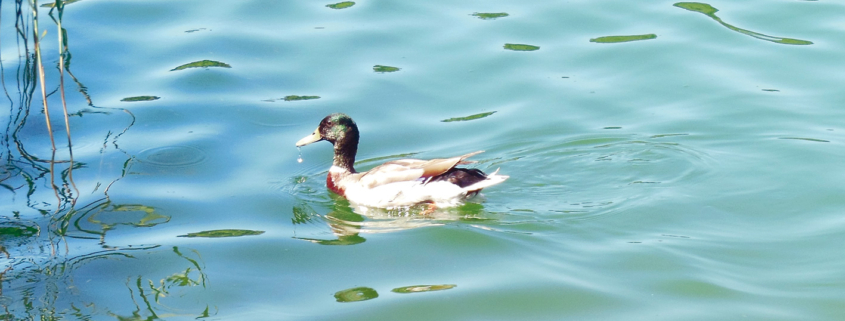PROCIDA
Italy’s Capital of Culture for 2022
Capitale della Cultura 2022
Procida has recently been nominated as the Italian Capital of Culture 2022, an important recognition beating 9 other candidates. The concept for 2022 is represented by the slogan “La cultura non isola” literally meaning “Culture doesn’t isolate” a project following local, national and international dimensions. The “Capitale della Cultura 2022” programme will involve over 50 projects, offering more than 300 days of scheduled events, contemporary exhibitions, festivals and live performances. Numerous events will be hosted by Palazzo D’Avalos – currently open to the public from Thursdays to Sundays (from June 1st to September 30th 2021)

The Charming Island of Procida
Procida is the oldest and smallest of three islands situated just off the coast of Naples, displaying a jagged 16-kilometre coastline of volcanic origin placed between Cape Miseno and the island of Ischia. Even though the nearby islands of Ischia and Capri may be considered more “popular” as touristic destinations, Procida has a special captivating visual impact with breath-taking landscapes, a calm but also somehow chaotic feeling to the air and basically a “real” atmosphere far away from mass tourism. Procida is every-day life with locals, colourful narrow streets, churches, lemon groves, orchards, vineyards, traditional scenes of busy fishermen and characteristic shops full of local handicrafts.
Procida – the beaches
If you are looking for beaches, Procida has a choice of seven:
Spiaggia della Chiaia (via Pizzaco), Pozzo Vecchio-Spiaggia del Postino (via C. Battisti), Punta Lingua/Asino (via Roma), Marina di Corricella, Spiaggia della Silurenza (Via Roma), Spiaggia di Ciraccio and Spiaggia della Chiaiolella (Lungomare Cristoforo Colombo).
The Marina di Chiaiolella is charmingly characteristic and considered as one of the most popular areas, well equipped for small boats, super sunsets and families. Chiaiolella is dominated by the medieval fortification “Terra Murata” situated at the highest point of the island and considered as the heart of Procida – obviously worth a visit.
The small fishing harbour (Borgo Marinaio) of Marina di Corricella is absolutely striking for its pastel-coloured architecture – and most probably the most-photographed.
Spiaggia di Chiaia offers calmly low bathing waters situated within a protected bay with 182 worthy steps heading from via Piazzaco.
Pozzo Vecchio – also called “Il Postino beach” is known to be comfortably shady in the mornings and great during late afternoons for stunning sunsets – but not always perfect for easy swimming.
Silurenza is accessible with a brief walk through central via Roma and is recommended for families with younger children.
The Marina di Sancio Cattolico is commonly known as the “Marina Grande” and is the commercial harbour. Scheduled Hydrofoils and direct Ferry services are available with frequent connections to and from central Naples, Pozzuoli, Monte di Procida (seasonal), and the nearby isles of Capri and Ischia.

Procida – My Recommended Highlights:
- for History and Art – Terra Murata, Abbazia di San Michele Arcangelo (Abbey), Palazzo Reale D’Avalos, Palazzo Guarracino
- for Tasty Traditions – Fresh fish and pasta dishes, lemons, Lingua di Procida (sweet pastries), Wines and Limoncello liquors
- for Gifts and Souvenirs – Handcrafts, Pottery, Ceramics, Hand-made lace and fine embroidery
- for Nature – Isola di Vivara Natural Oasis
- for Children – Marina di Chiaiollela, Silurenza, Terra Murata
source: My Country magazine – Naples, Italy















 The main changes introduced by the new decree are as follows:
The main changes introduced by the new decree are as follows:






